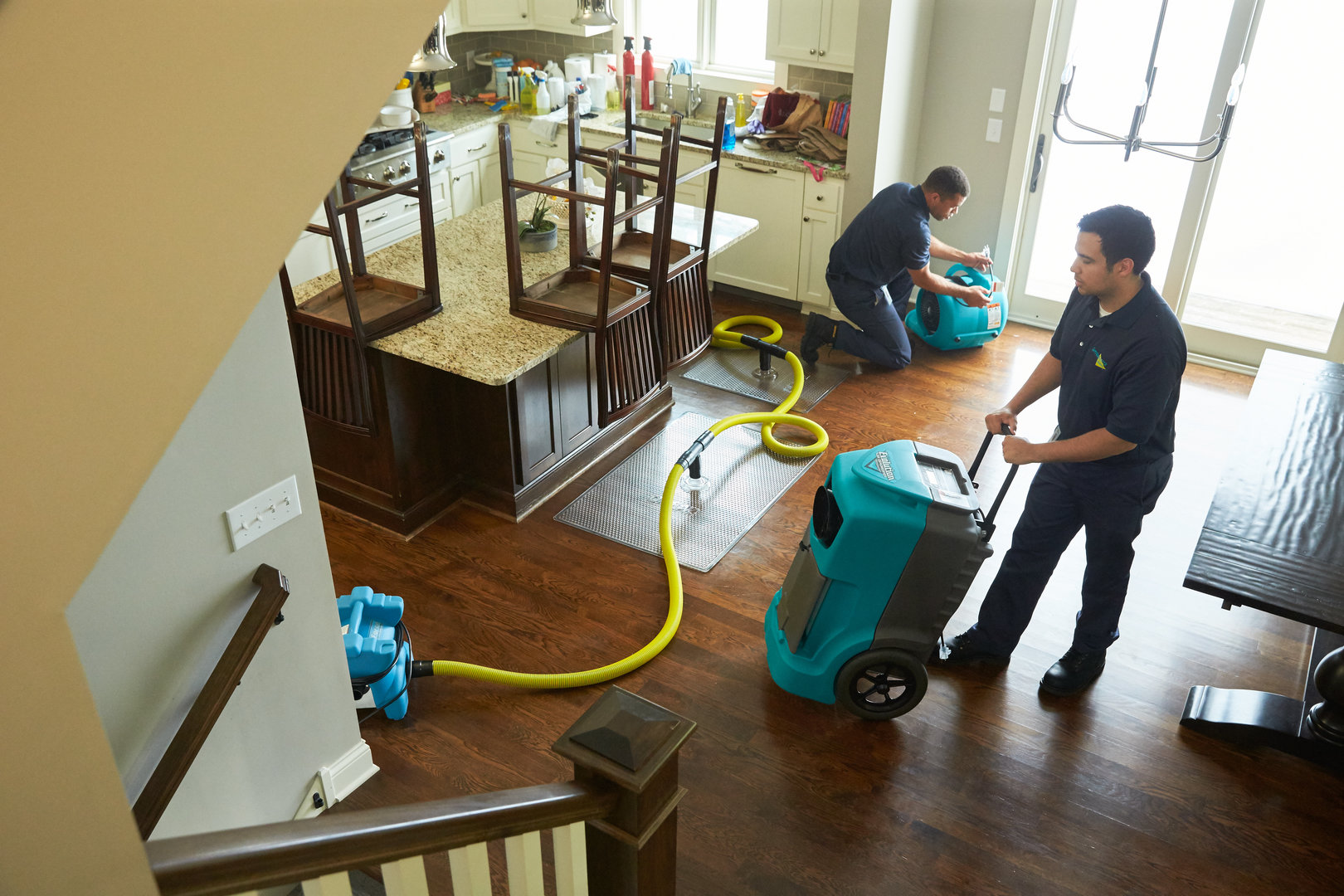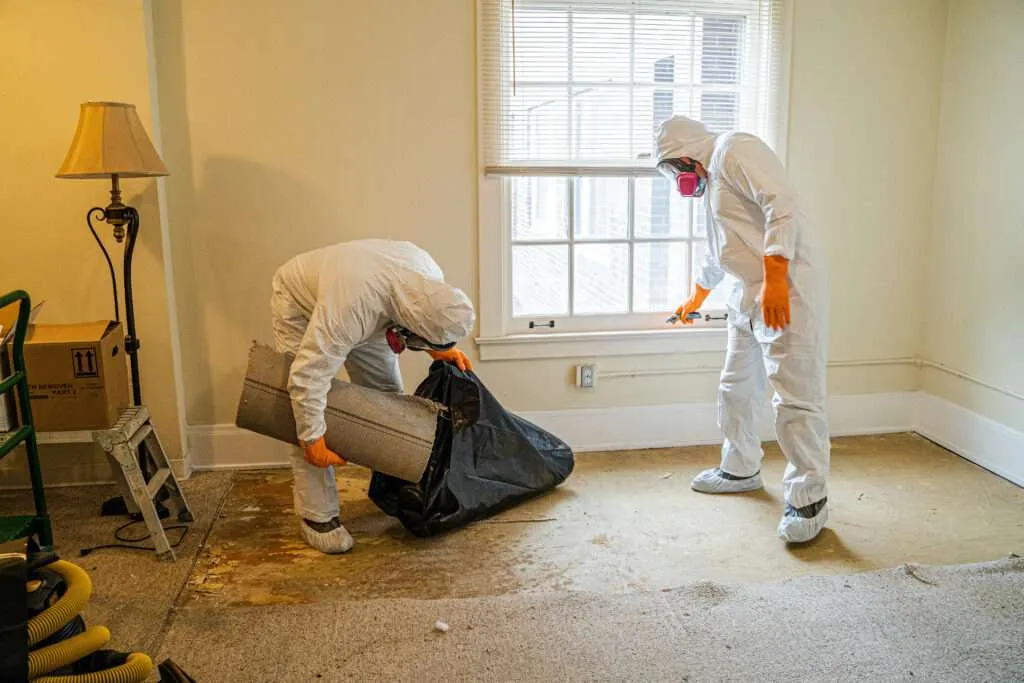Leak Detection Philadelphia: Very Early Treatment for Home Security
Wiki Article
Emergency Situation Water Damages Remediation: Swift Feedback to Reduce Further Damage
Water damages can strike unexpectedly and leave terrible impacts on homes and services. When faced with such a scenario, a swift reaction is important to lessen more damages and protect against possible carcinogen. What specifically does emergency situation water damages reconstruction entail? In this discussion, we will delve right into the relevance of prompt activity, the evaluation process, the steps included in water removal and drying out, mold prevention and remediation, and ultimately, the reconstruction of the afflicted location. By recognizing the necessity and extensive nature of this process, you will certainly gain beneficial insights right into exactly how experts take on emergency water damages, ensuring a swift and effective response.Relevance of Swift Feedback
Swift reaction is of utmost relevance in water damages reconstruction to decrease additional damage and minimize prospective dangers. When water damage happens, whether because of a ruptured pipeline, a natural disaster, or any various other unanticipated occasion, time is of the significance. The longer water sits in a structure, the more damages it can trigger. This is why it is critical to act rapidly and successfully to eliminate the water and begin the remediation process.
One of the main reasons quick response is essential in water damage reconstruction is to avoid the development of mold and mildew. Mold not just causes further damage to the structure of the building but additionally presents health risks to occupants.
Water damages can be devastating, particularly when it affects individual things of financial or sentimental worth. Performing promptly permits specialists to assess the damage and apply ideal remediation techniques to restore as much as possible.
Assessing the Extent of Damages

Throughout the analysis, remediation professionals extensively analyze the affected location to identify visible indicators of damages, such as water discolorations, distorted materials, and mold and mildew growth. They likewise use customized devices to discover covert damages, such as dampness meters and thermal imaging video cameras. This detailed examination enables them to properly identify the extent of the damages and develop a tailored repair plan.
Examining the level of water damage is crucial since it assists professionals prioritize their efforts. They can identify locations that require prompt focus, such as standing water removal and drying, to avoid additional damages and lessen the risk of mold and mildew development. They can also determine the areas that require repair services or substitute, making sure that no damage goes untreated or undetected.

Water Extraction and Drying Out Process
The water extraction and drying procedure is an important step in water damages remediation, as it involves the elimination of excess water and the extensive drying out of the afflicted location to protect against additional damage and alleviate the risk of mold and mildew growth. After analyzing the extent of the water damages, the next action is to extract the water from the damaged area. This is commonly done utilizing specialized devices such as pumps, vacuum cleaners, and dehumidifiers. These devices are developed to effectively and effectively eliminate water from numerous surfaces, including wall surfaces, carpetings, and floors.This action is necessary in protecting against second damages, such as architectural damage and the growth of mold and mold. The drying out process may take a number of days, depending on the extent of the water damage and the products entailed.
It is necessary to make certain that the afflicted area is completely dry before proceeding with any repairs or reconstruction. Failing to completely dry the area can lead to lasting problems, including damaged frameworks, mildewy odors, and the growth reference of mold and mildew and mildew. For that reason, professional water damages repair companies use wetness detection tools to guarantee that the damaged location is completely dry prior to continuing to the next action.
Mold And Mildew Prevention and Removal
Effective mold and mildew prevention and removal are important in water damage repair to ensure the security and integrity of the afflicted location. leak detection philadelphia. When water damage happens, whether from a burst pipe, flooding, or a dripping roofing system, it develops an optimal setting for mold growth. Mold and mildew can start to develop within 24 to 48 hours after water damage, and if left without treatment, it can spread out rapidly and cause major health and wellness threatsTo prevent mold growth, it is important to attend to water damage quickly. The very first step is to determine and fix the resource of the water invasion. When the resource is dealt with, the damaged location should be completely dried out to stop moisture from sticking around. This might entail the usage of dehumidifiers, air movers, and look at this website other specific tools to eliminate excess wetness from the air and surfaces.
In instances where mold and mildew growth has already occurred, remediation is necessary to remove the mold and mildew and stop its return. This includes the cautious removal and disposal of affected materials, such as drywall or carpet, to ensure that all traces of mold are eradicated. It is important to keep in mind that mold and mildew removal need to be accomplished by experts who have the required training and devices to safely get rid of and manage mold.
Restoring the Affected Location

To start with, it is necessary to thoroughly dry out the location to avoid any additional damage and to inhibit the growth of mold and mold. This might entail making use of specialized drying out tools, such as dehumidifiers and industrial-grade followers, to eliminate all wetness from the affected surface areas.
When the area is completely dry, the remediation process can begin. This might entail fixing or replacing harmed architectural aspects, such as ceiling, drywall, or flooring floor tiles. It is vital to attend to any type of underlying issues that might have created the water damage, such as leaky pipes or defective pipes, to protect against future occurrences.
Furthermore, restoring the damaged location may additionally include repainting wall surfaces, replacing harmed components, and completely cleaning and disinfecting the area. This guarantees that not just is the area structurally sound, however it is also cosmetically pleasing and risk-free for occupancy.
Verdict
Examining the extent of damage permits for reliable water extraction and drying procedures to be implemented. In general, prompt activity and thorough remediation actions are key to reducing the unfavorable influences of water damage.Swift reaction is of utmost value in water damages reconstruction to minimize additional damage and alleviate prospective threats.Throughout the analysis, restoration professionals completely analyze the afflicted area to identify noticeable indicators of damages, such as water stains, use this link distorted materials, and mold and mildew development.The water extraction and drying process is a vital step in water damage reconstruction, as it includes the removal of excess water and the complete drying out of the damaged location to protect against additional damages and alleviate the risk of mold and mildew development. After examining the level of the water damages, the following step is to draw out the water from the afflicted area.Effective mold and mildew avoidance and removal are essential in water damage remediation to ensure the safety and honesty of the damaged location.
Report this wiki page